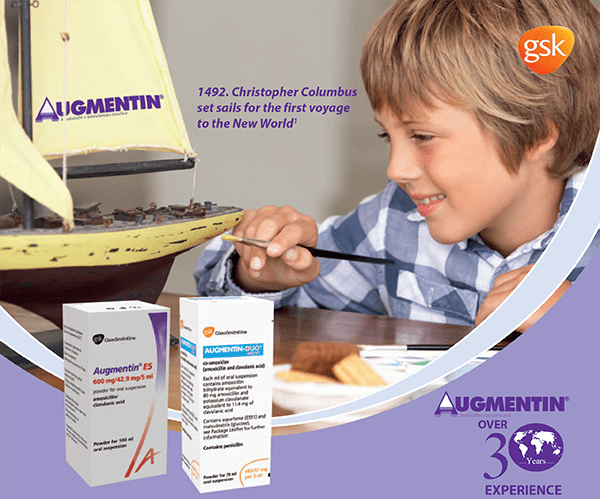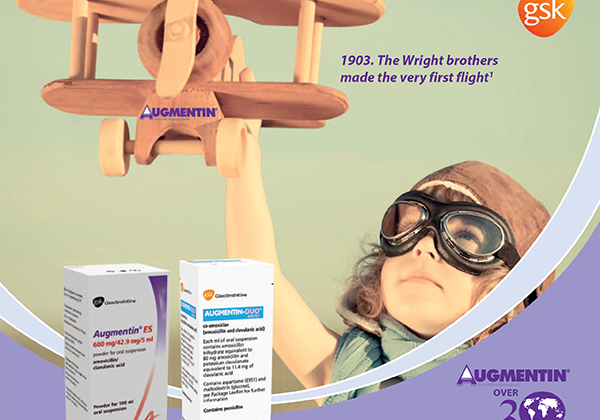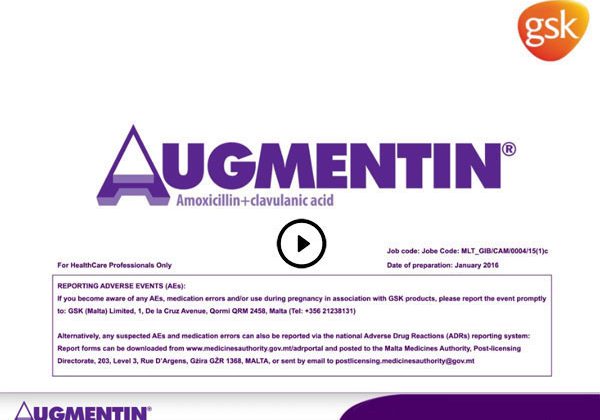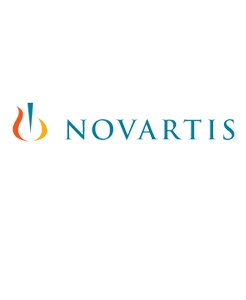Augmentin – Leaders walk in front
e-info Archive
|
Related Posts
Please login to access this information.
Tags
adoloscence
cancer
cannabis
Cardiology
Contributions
covid 19
dementia
Dermatology
Dermfest
Diabetes
Editorial
endocrinology
environmental health
exercise
Family Medicine
Francesco Carelli
gastroenterology
Geriatrics
gynaecology
hypertension
Infectious Diseases
Medical Education
Medical Ethics
Medicine and the arts
microbionta
Neurology
Nutrition
obesity
obstetrics
Oncology
Orthopaedics
Paediatrics
Pharmacology
Pharmacy Practice
pregnancy
Psychiatry
Public Health
Radiology
Respiratory Medicine
Rheumatology
smoking
Surgery
TheSynapse Interview
Urology
Women's health





